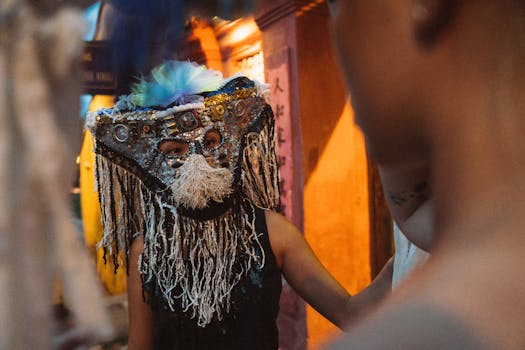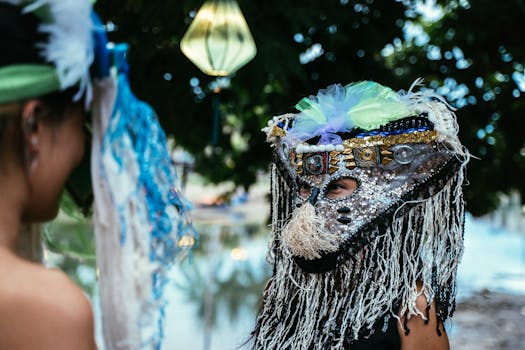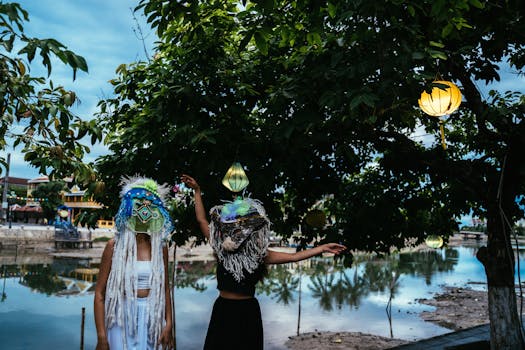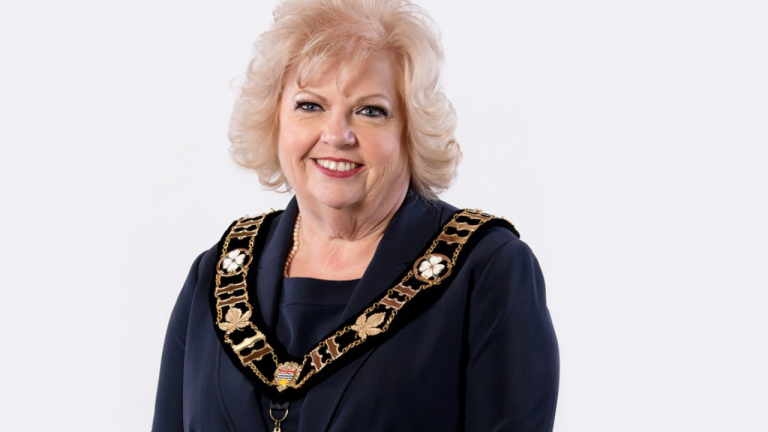
The Role of Art in Shaping Cultural Identity
Takeaways: Art plays a crucial role in defining cultural identity by encapsulating history, values, and community narratives. It fosters unity, encourages dialogue, and serves as a bridge between generations. Understanding the connection between art and cultural identity can help us appreciate the diversity of human experience.
Art is a universal language that transcends borders, speaking to the core of what it means to be human. It reflects our experiences, beliefs, and traditions, making it an essential component of cultural identity. From ancient cave paintings to contemporary digital art, the evolution of artistic expression has always been intertwined with the cultural narratives of societies. This article explores how art shapes cultural identity and the profound impact it has on communities.
The Historical Context of Art and Cultural Identity

As societies evolved, so did their artistic expressions. The Renaissance period, marked by a revival of classical knowledge, saw artists like Leonardo da Vinci and Michelangelo explore themes of humanism, reflecting the cultural identity of Europe during that time. These works not only represented individual creativity but also a collective cultural identity that valued knowledge, beauty, and exploration.
In many indigenous cultures, art has played a vital role in preserving history and identity. Traditional crafts, music, and storytelling are not just forms of artistic expression; they are essential to the survival of cultural heritage. These art forms serve as a means of passing down knowledge and values from one generation to the next, fostering a sense of belonging and continuity.
Art as a Medium for Expression and Resistance

In contemporary society, we see similar movements where artists address issues such as racial inequality, gender identity, and environmental concerns through their work. Street art, for example, has become a platform for political expression, allowing artists to communicate their messages directly to the public. This form of art not only beautifies urban spaces but also engages communities in dialogue about their cultural identity and societal challenges.
The Impact of Globalization on Cultural Identity

However, artists are increasingly finding ways to navigate this landscape. Many are blending traditional techniques with contemporary practices, creating hybrid art forms that honor their heritage while appealing to a global audience. This fusion not only enriches the artistic landscape but also reinforces the importance of cultural identity in a rapidly changing world.
Conclusion








